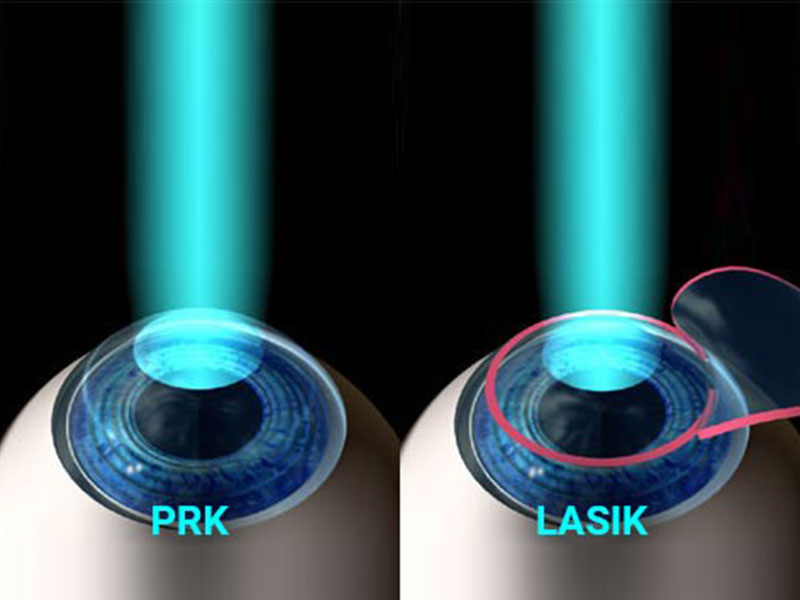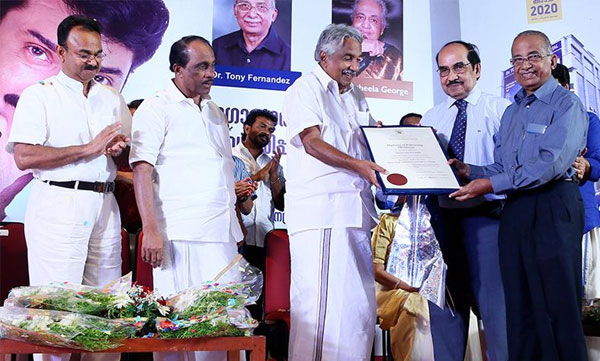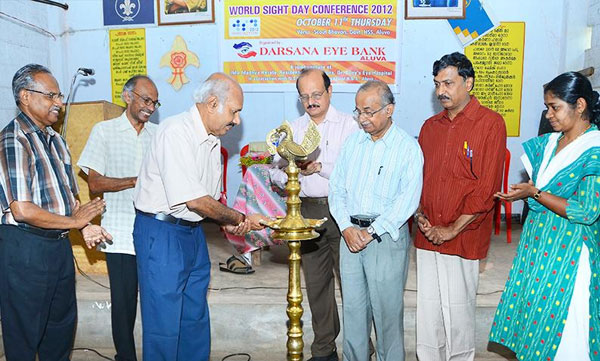PRK
Photorefractive Keratectomy (PRK) is an elective outpatient laser eye surgery for vision correction procedure to improve vision and reduce or eliminate the need for eyeglasses or contact lenses. In PRK surgery, the surgeon uses the excimer laser to reshape the curvature of the eye for patients with nearsightedness, farsightedness and astigmatism. Prior to LASIK, PRK surgery was the most commonly performed laser eye surgery for vision correction. PRK differs from LASIK, in that the surgeon does not create a flap. PRK surgery is best suited for patients with thinner cornea, or with vocational or sports-related limitations where a corneal flap is contraindicated.
PROCEDURE:
Here’s how the PRK surgery procedure works:
- There are no scalpels or incisions with the PRK laser eye surgery for vision correction.
- The laser is properly calibrated before your PRK procedure begins.
- An instrument is used to prevent blinking during the procedure.
- Anesthetic drops are applied to numb your eye and prevent discomfort.
- The protective surface layer (epithelium), which is too soft to hold the laser correction, is removed. The epithelium will regrow within five days.
- Your PRK surgeon then applies computer-controlled pulses of cool laser light to reshape the curvature of the eye. Deeper cell layers remain untouched.
The PRK laser vision correction process is completed in approximately five minutes. Upon completion, the surgeon places a clear bandage contact lens on the cornea to protect it and applies eye drops. Since a layer about as slender as a human hair is typically removed, the cornea should maintain its original strength.
Often, both eyes are treated on the same PRK surgery day. However, your surgeon may decide to do only one eye at a time.











 I am Nimitha, before Lasik, I am very difficult to see and difficult to handle contact lens and specs. After the lasik treatment I am very relaxed.
I am Nimitha, before Lasik, I am very difficult to see and difficult to handle contact lens and specs. After the lasik treatment I am very relaxed. 